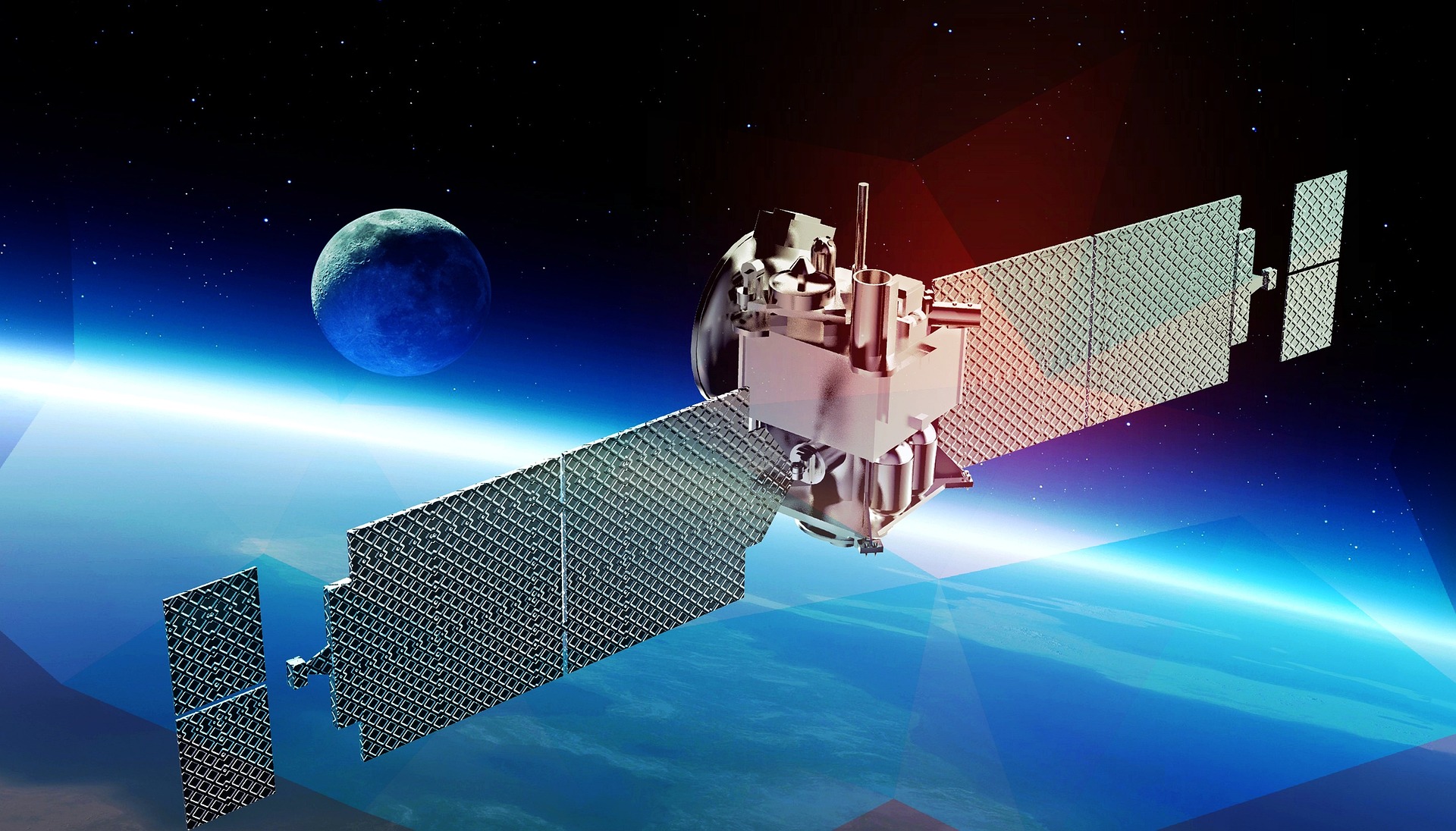Space Tourism: The Next Frontier of Travel
The cosmos has long captivated human imagination, but now, it's becoming an attainable destination for adventurous travelers. Space tourism is rapidly evolving from science fiction to reality, promising extraordinary experiences beyond Earth's atmosphere. This emerging industry is reshaping our understanding of travel, blending cutting-edge technology with the age-old desire to explore the unknown. As companies race to make space accessible, we stand on the brink of a new era in tourism.
Types of Space Tourism Experiences
The space tourism market offers various experiences, catering to different levels of adventure and budget. Suborbital flights, lasting a few minutes, allow passengers to experience weightlessness and see the curvature of Earth. Orbital flights offer longer stays in space, potentially including visits to space stations. For the ultra-adventurous (and wealthy), there are plans for lunar flybys and even stays on future Moon bases.
The Economics of Space Tourism
While currently a playground for the ultra-rich, space tourism is expected to become more accessible over time. Initial ticket prices for suborbital flights range from $250,000 to $500,000, but industry experts predict these costs will decrease as technology improves and operations scale up. The market potential is enormous, with estimates suggesting the space tourism industry could be worth $3 billion annually by 2030.
Training for Space
Unlike traditional vacations, space tourism requires preparation. Passengers undergo medical screenings and training to ensure they can handle the physical demands of spaceflight. This includes experiencing high G-forces, adapting to microgravity, and learning emergency procedures. The training process itself is part of the adventure, offering a glimpse into the life of an astronaut.
Environmental and Ethical Considerations
As exciting as space tourism is, it raises important environmental and ethical questions. Rocket launches have a significant carbon footprint, and increased flights could contribute to climate change. There are also concerns about space debris and the potential militarization of space. The industry is working on more sustainable propulsion methods and strict debris management protocols, but these issues remain at the forefront of discussions.
Cosmic Insights: What to Know Before You Go
-
Zero gravity can cause space motion sickness, affecting up to 50% of space travelers
-
The view of Earth from space often triggers the Overview Effect, a cognitive shift in awareness reported by astronauts
-
Space tourists must be prepared for radiation exposure, which is higher beyond Earth’s protective atmosphere
-
Current space flights for tourists last anywhere from a few minutes to several days, depending on the type of mission
-
Future plans include space hotels, with prototypes already in development by several companies
Space tourism represents a paradigm shift in travel, offering experiences that were once the sole domain of professional astronauts. As technology advances and costs decrease, more people will have the opportunity to view our planet from above, potentially fostering a greater appreciation for Earth’s fragility and interconnectedness. While challenges remain, the allure of space continues to drive innovation, promising to expand the boundaries of human exploration and redefine the concept of adventure travel.






